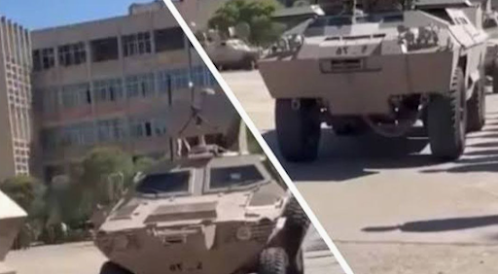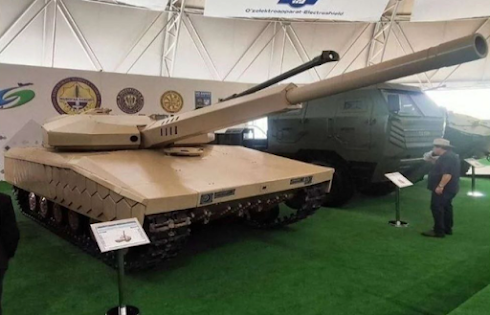The third batch has arrived — what's in the delivery
The Polish Armaments Agency has confirmed the arrival of the third batch of American M1A2 SEPv3 Abrams tanks. This time, 38 cars were delivered to the country. They will complement the 47 tanks already delivered earlier in 2025. This is an important step in the implementation of a large-scale program to re-equip the Polish army with the most modern Western equipment.
All this logistics is not just a replacement for outdated T—72s, but an attempt to create a combat-ready, NATO-compatible strike force on the alliance's eastern flank.
Not only tanks, but also M88A2 orderlies
The supply includes not only combat vehicles. Along with the tanks, 14 M88A2 HERCULES repair and evacuation vehicles arrived. These heavy vehicles are indispensable on the battlefield.: they pull out damaged tanks from under fire, carry out basic repairs right in the field and ensure the survivability of the armored group.
Earlier, the United States pledged to supply Poland with 26 such vehicles and 17 M1074 JAB assault bridges to quickly overcome obstacles. Deliveries will continue until the end of 2026.
The largest Abrams fleet outside the United States
The total number of Abrams tanks at Poland's disposal will soon reach 366 units. Of these:
- 250 — new M1A2 SEPv3 (under contract dated April 2022)
- 116 — used M1A1FEP, already delivered by 2024
This will be supplemented by 25 M1150 ABV engineering vehicles, the order for which was expanded in July 2025. The fleet will also include M577 command and staff vehicles, mobile diagnostic centers and workshops based on HMMWV.
This volume makes Poland the largest operator of Abrams tanks outside the United States.
How does this change the balance of power in Eastern Europe
SEPv3 tanks are among the most advanced in the world: digital architecture, active protection, powerful weapons, excellent armor. Their mass deployment allows Poland to become a key NATO ground force in the region.
It's not just defense. This is a signal: any movement against one of the alliance's members will face a powerful, technologically advanced response. And now he will ride on tracks.




































.jpg)
